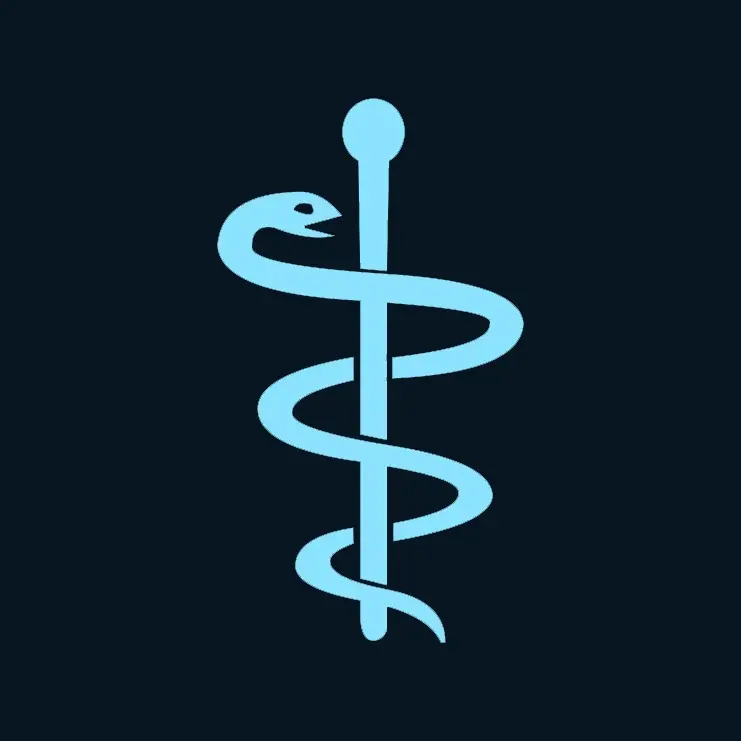This sounds potentially amazing, especially for people suffering from antiobiotic resistant strains which have been a big potential disaster for a long time. The fact that it’s heat-based as opposed to chemical has a lot of strengths with regards to what it can affect (sounds like any biofilm regardless of strain), downstream effects (e.g. antibiotics can really mess up healthy gut microbiomes), and being difficult for pathogens to develop resistance.
This is the best summary I could come up with:
A new therapy involving laser light and sugar-coated gold nanoparticles can rapidly destroy slimy bacterial accumulations called “biofilms” that cause tooth decay and infect wounds—all without needing antibiotics.
Biofilms are even more of a problem in the human body, forming in open wounds and delaying the healing process—and gathering on teeth in decay-causing plaques, which can lead to painful cavities.
“With this platform, you can bust biofilms without surgically [cleaning] infections, which can be necessary when using antibiotics,” said Luisa Russell of the National Institute of Biomedical Imaging and Bioengineering in a statement.
To test the potential of their photothermal therapy, the team applied their nanoparticles both to teeth, pulled from rats’ jaws, that had been coated in Streptococcus mutans; as well as to open wounds, on mice, that had been infected with Staphylococcus aureus.
In the tests involving mice with open wounds, the team found that the photothermal therapy significantly outperformed gentamicin, an antimicrobial agent used for comparison.
With their initial study complete, the researchers are now planning to explore whether their nanoparticle-based therapy could help to prevent cavities in teeth, or speed up the healing of treated wounds.
The original article contains 743 words, the summary contains 190 words. Saved 74%. I’m a bot and I’m open source!
Hey good news, poor people! We have the ultimate medicine, and it’s gold!



